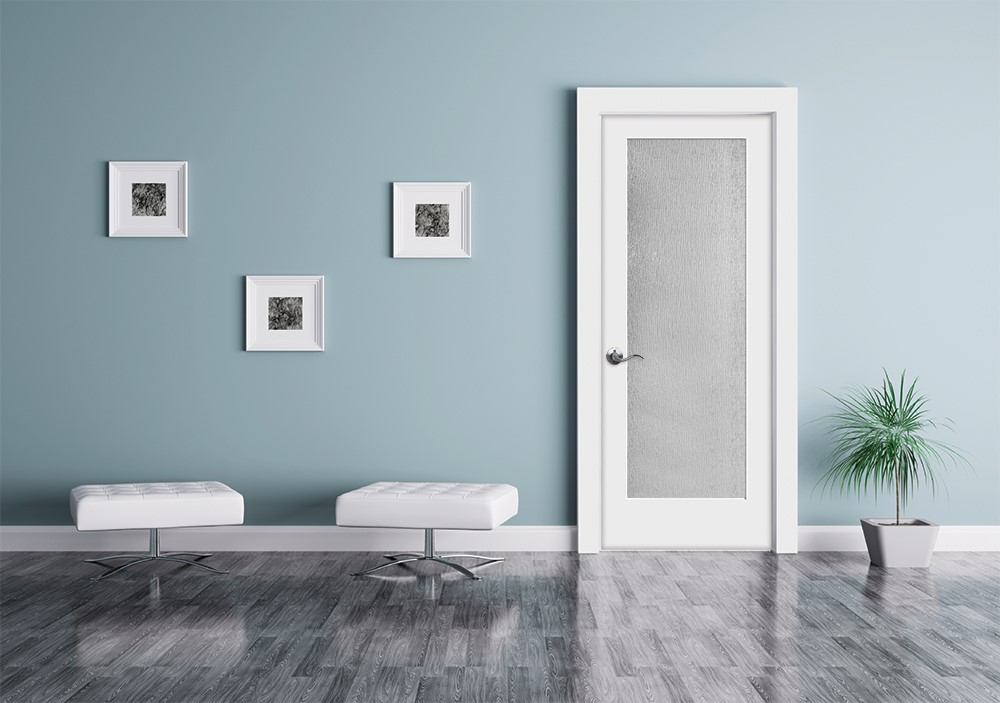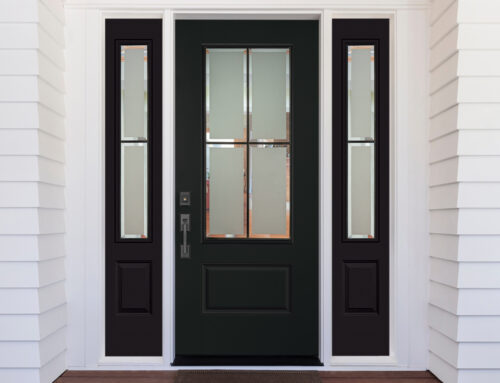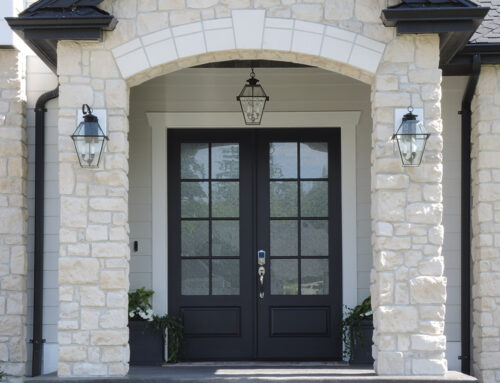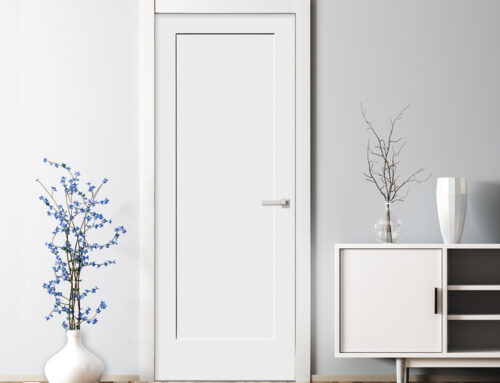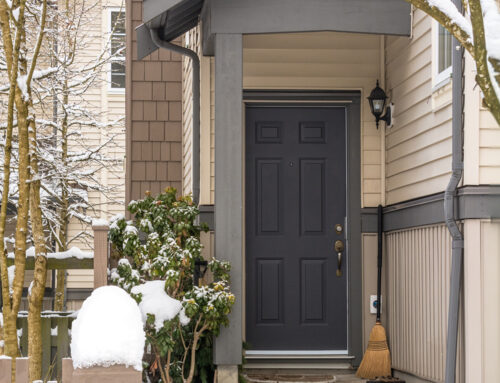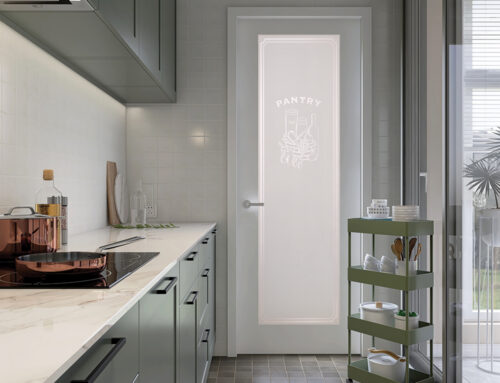Choosing to replace an interior door or replacing multiple interior doors is a great way to improve the look of your home either during a complete remodel or simply when you need to swap an old, non-functional door for a new one. Before replacing a door, you need to be sure that you’re prepared to complete the task correctly. If your door is improperly hung, it won’t function correctly and will cause a great deal of annoyance. If you’re in the process of preparing your home for resale, replacing doors is a great way to freshen up your home with more modern styling (replacing door hardware is also a good idea!). We’ve put together some interior door installation tips to get you started so that you’ll understand how to properly replace your doors.
Prehung vs. Non-Prehung
Non-prehung doors (or doors without frames) are what most people picture when they think of a door. Also called passage doors, they are slabs of material – usually wood or MDF – that can contain decorative or recessed panels and don’t have any cut-outs for hardware. These doors are intended for carpenters to customize to fit existing door frames and may require some adjustments to get them to fit perfectly. Once an interior door is installed, however, it fits like a glove and is a simple way to freshen up your home. At Trimlite, these are the doors we stock.
Prehung doors can be easier to install because they come with the doorframe already attached to the door. All of the hinge locations and doorknob cut-outs are already drilled, so the door can be placed quickly into a rough opening (an unfinished opening ready for a prehung door to be added). Prehung doors still require some shimming and adjusting to get them to function correctly but can offer a fast replacement. Interior trim is still required after you install your prehung door to finish your installation.
Interior Door Installation Tips for Prehung Doors
When replacing a door with a prehung door, be sure to have an accurate leveling tool such as a plumb bob or 4’ level. Consider the flooring material, and check the length of the door to ensure that it will fit properly. When you place the doorframe into the rough opening, you’ll need to install shims between the jambs and the rough openings that you can screw through to secure the hinge locations to the wall studs.
Common Questions About Replacing a Door
- Q: What is included in a prehung door?
- A: The door comes prehung on the frame with all mortising complete for hinges and door knobs. The frames are predrilled and mortised so that they are ready to install into a rough opening.
- Q: Should I paint a prehung door before installing it?
- A: It’s common for most people to paint one layer before the door is installed, and the second layer once the door is installed in place. This way the final coat won’t get damaged during installation.
- Q: Can I replace an interior door without replacing the frame?
- A: Replacing a door without installing a new doorframe can be done by using a passage door, and relies heavily on some basic carpentry skills. Doors have two frames – the finish frame and the rough frame which is typically made using 2×4 or 2×6 studs. If you want to leave the finish frame in place, your interior door will need to be mortised and drilled to fit the hinge and door knob locations that are already included on the finish frame.
For additional door instructions specific to Trimlite door products, view our Technical Information page
Why Trust Trimlite When Choosing a Door?
Since 1982, Trimlite has been manufacturing high-quality door products for customers in various parts of the world. Our operations span across 10 locations in 4 countries, and to this day we continue to push ourselves to produce the best doors for your construction and renovation projects. When replacing a door, use these interior door installation tips and contact us to supply the right door for your project.

